Why Exercise Helps In A Time Of Crisis
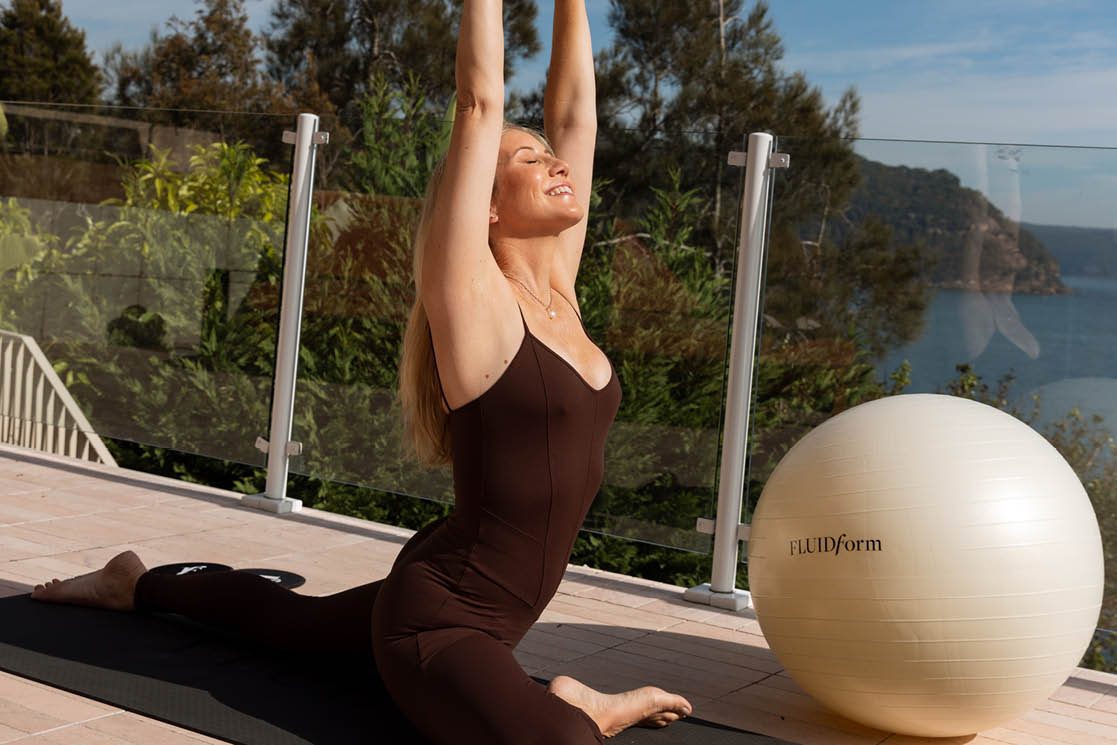
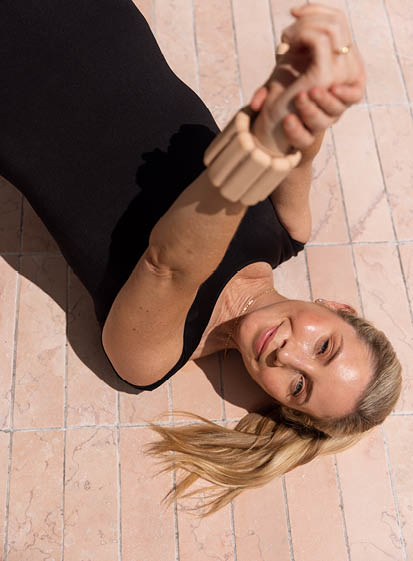

When things go wrong, everyone tells us to exercise. But why is it so effective for helping us heal?
At every time in my life where I’ve experienced significant challenges, one of the most common pieces of advice is to exercise. I’ve put this to the test a number of times: to combat stress, manage grief, heal a broken heart, and even help me to prepare for a big life change like moving apartments. But why is exercising so good for our mental health? What does that connection between mind and body truly look like and why is getting out for a run or making it to your favourite gym class so crucial in a crisis? We spoke to Fluidform Pilates founder, Kirsten King, all about how exercise can help us overcome challenges and heal.
Can you explain this phenomenon in simple terms: is exercising actually good for our mental health? And why?
“It’s no secret that exercise can have a significant impact on our mental health and emotional wellbeing. Over the past decade, we have seen the leading force of why we exercise shift from the aesthetic benefits to embrace the emotional repercussions. Post-pandemic, the world actually wants to feel better, rather than look a certain way. Standing taller, looking strong and toned, is just a by-product of moving with purpose and control, in a more prescriptive way. Exercise and specifically Pilates has the ability to rebalance not just the body but our minds.
When we talk about the mind-body connection, we are referring to the link between our emotions and feelings, and our ability to control this. From a physical perspective, effective exercise works to release our feel-good hormones, developing an overall sense of motivation, confidence and empowerment. Emotionally, exercise requires deep concentration and coordination, which strengthens our mind-body connection to help manage our emotions and feelings of stress. Rediscovering this mind-body connection and practicing consistent, considered movement, not only helps to improve our happiness, but improves our ability to manage our emotions during times of stress and grief. Movement has gone beyond the prism of exercise—it’s a form of medicine.”
Is Pilates in particular a good outlet for stress?
“At Fluidform, we connect breathing techniques with controlled, targeted movements which require deep concentration and muscle activation. We use our inhale to prepare for each movement, and our exhale to move, which can be highly meditative and stress-relieving. When you allow yourself to consider your breath and move mindfully, you are releasing endorphins (positive hormones) and reducing cortisol (stress hormones). This moving meditation combined with layered sequences, high-repetitions and small equipment effectively activates our muscles, challenges our stability, drives our heart rate and gets the blood pumping around the body. Just 20 minutes of Pilates every day has this multifunctional effect to leave you feeling both energised and grounded.”
Fluidform in particular has really helped me personally in times of crisis—there was something about the routine and being accountable to attend the class that really helped, on top of being an outlet for stress. Can you speak to this?
“It comes back to this mind-body connection and sense of moving meditation we can achieve through Pilates. Whether it be 20 minutes at home or 60 minutes in the studio, when practiced consistently, we are entering this state of deep connection, realignment and balance. In this state, we have the ability to manage our emotional response to feelings or grief, stress and sadness and allow our bodies to heal. I always say the key to seeing results starts with commitment, consistency and repetition. You cannot heal a broken body or a broken heart overnight, but when we commit to the process of Pilates, practice daily and improve our technique, form and performance, we can experience an overwhelming sense of growth, physical strength and mental empowerment.”
During these times where I was practicing Pilates regularly, I also experienced weight loss, healthier habits and an overall sense of feeling better. Why was Fluidform able to completely change my body? I’d love to know more about your philosophy and how it works.
“My philosophy is that in order for the body to work effectively, it needs to be balanced. I’ve created a movement method that realigns, balances and builds strength in the body. Fluidform has a particular focus on your slow twitch, stabilising muscles, that support your joints, stability, balance and posture. I work these muscles through controlled movements, holds and layering techniques to fatigue, strengthen and tone your muscles. This approach to exercise helps to build strength and tone without causing stress on the joints and body. You will experience less pain and imbalances, improve your flexibility and start to move more efficiently. You will stand taller, improve your posture, alignment and muscle composition to achieve this long, lean ‘Pilates body’. This sense of balance flows into all aspects of your lifestyle, impacting your nutrition, sleep, social interactions and stress management. When we move our bodies to feel good, we start to nourish our bodies with healthy food, relationships and rituals to create an overall healthier and happier version of ourselves.
It’s amazing what movement can do! Looking good is just a by-product of feeling amazing.”


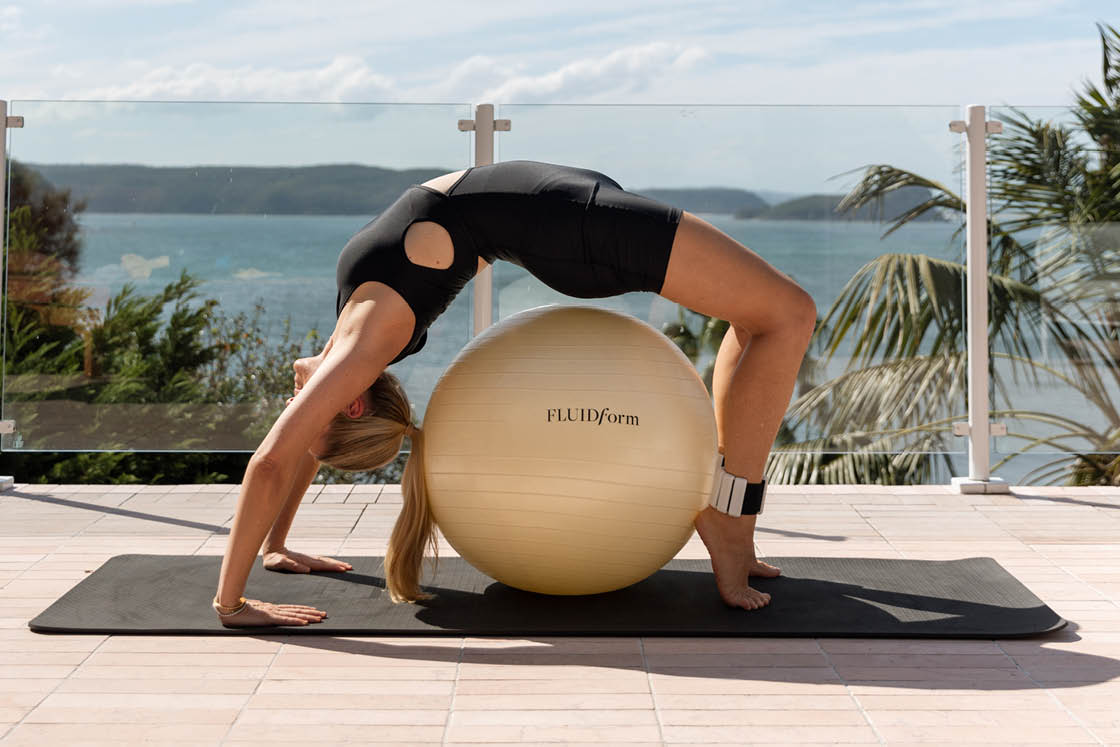





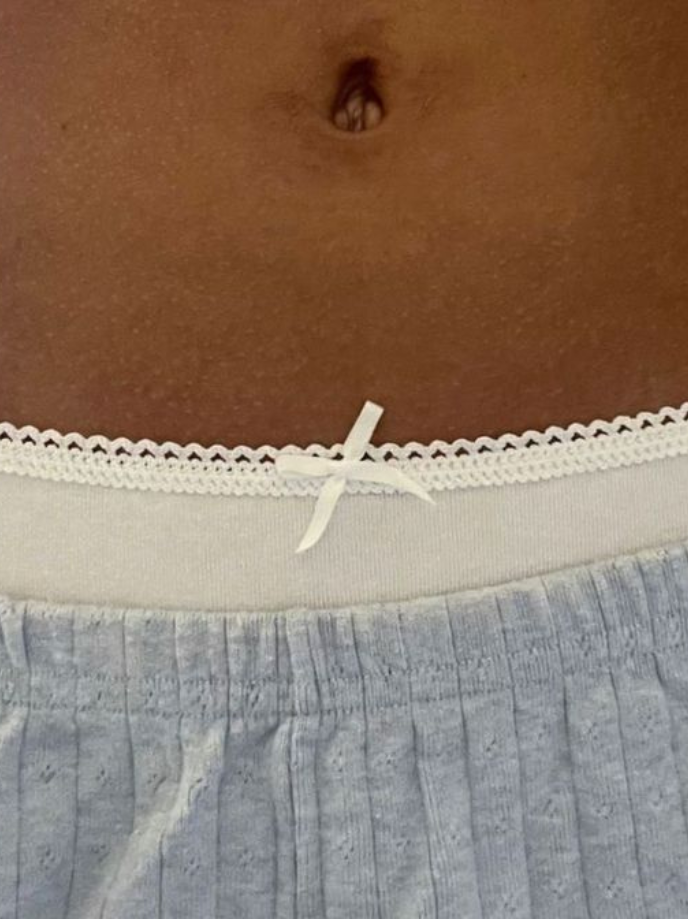


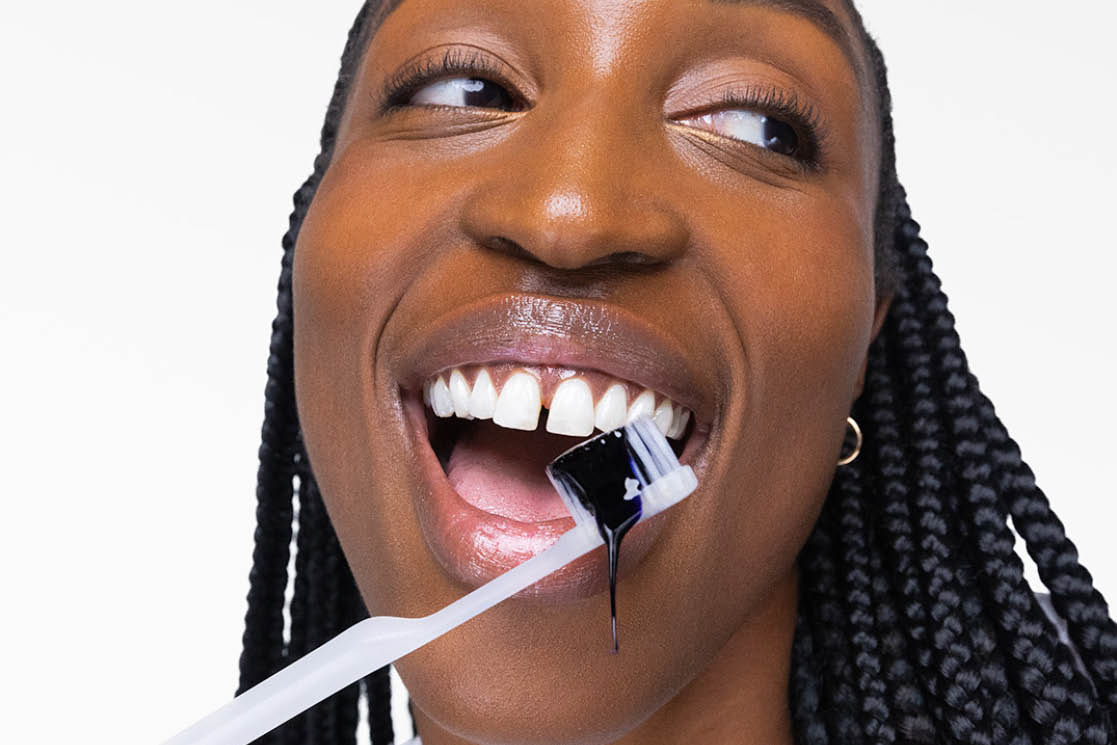
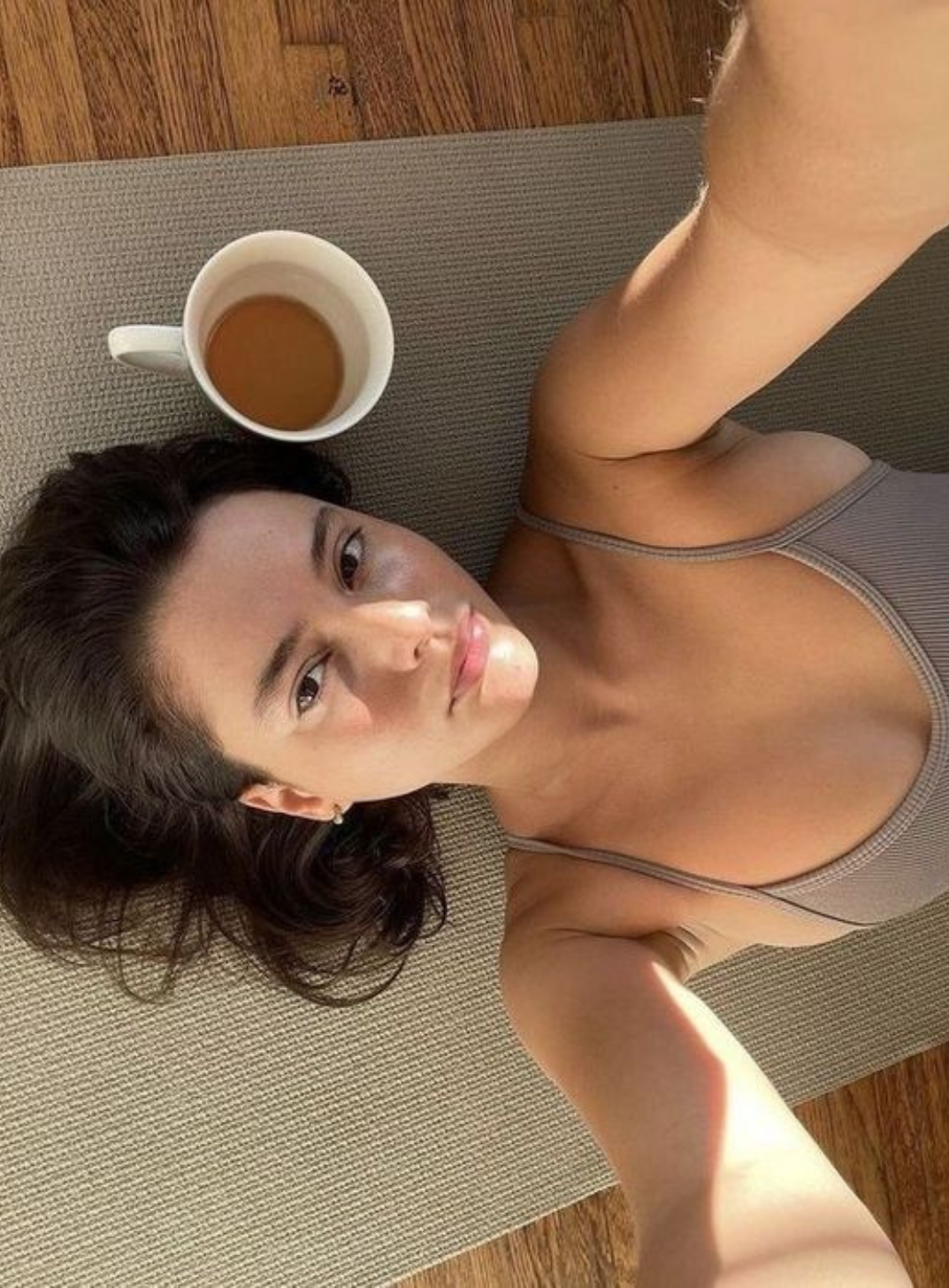
Comments